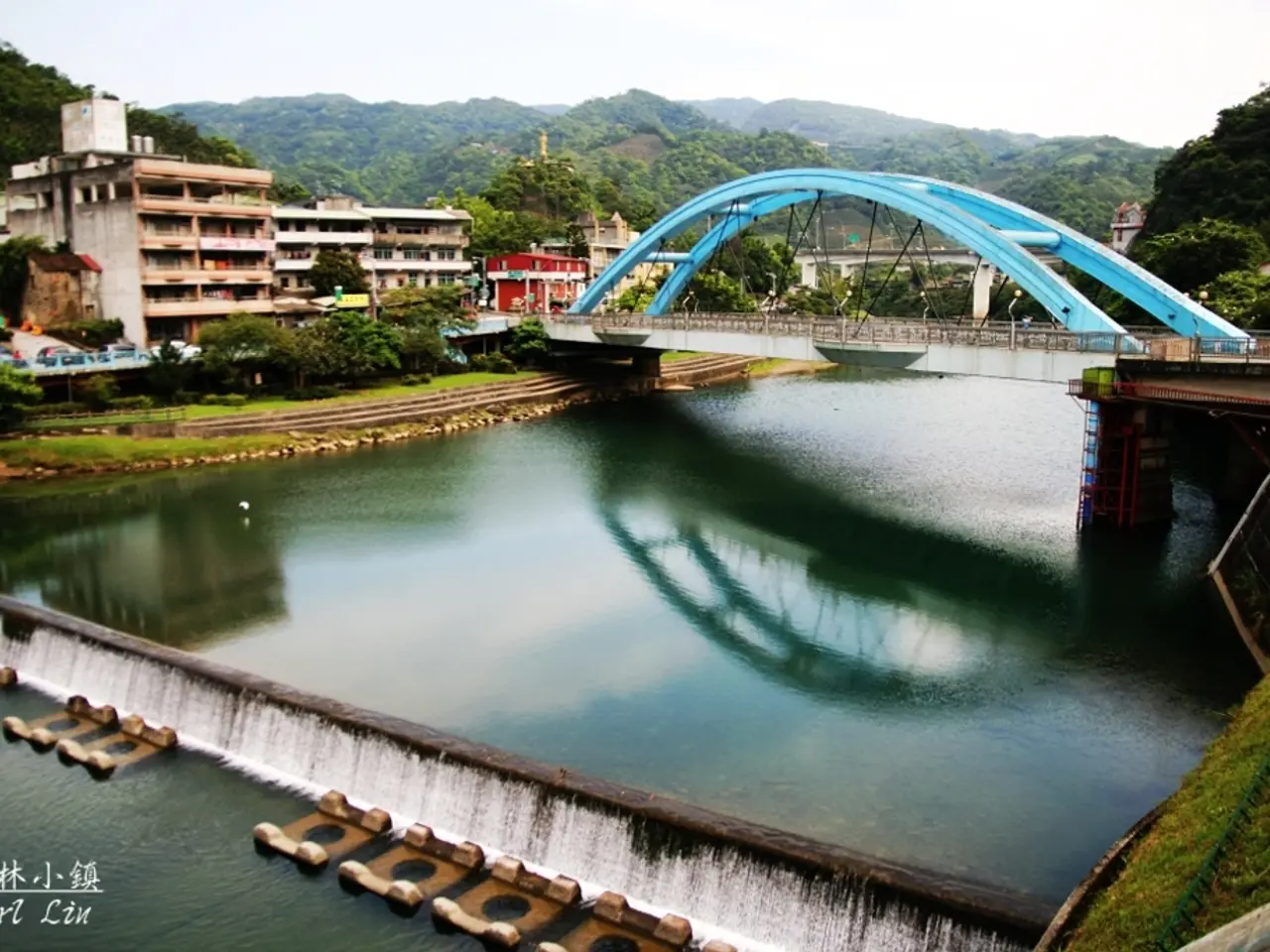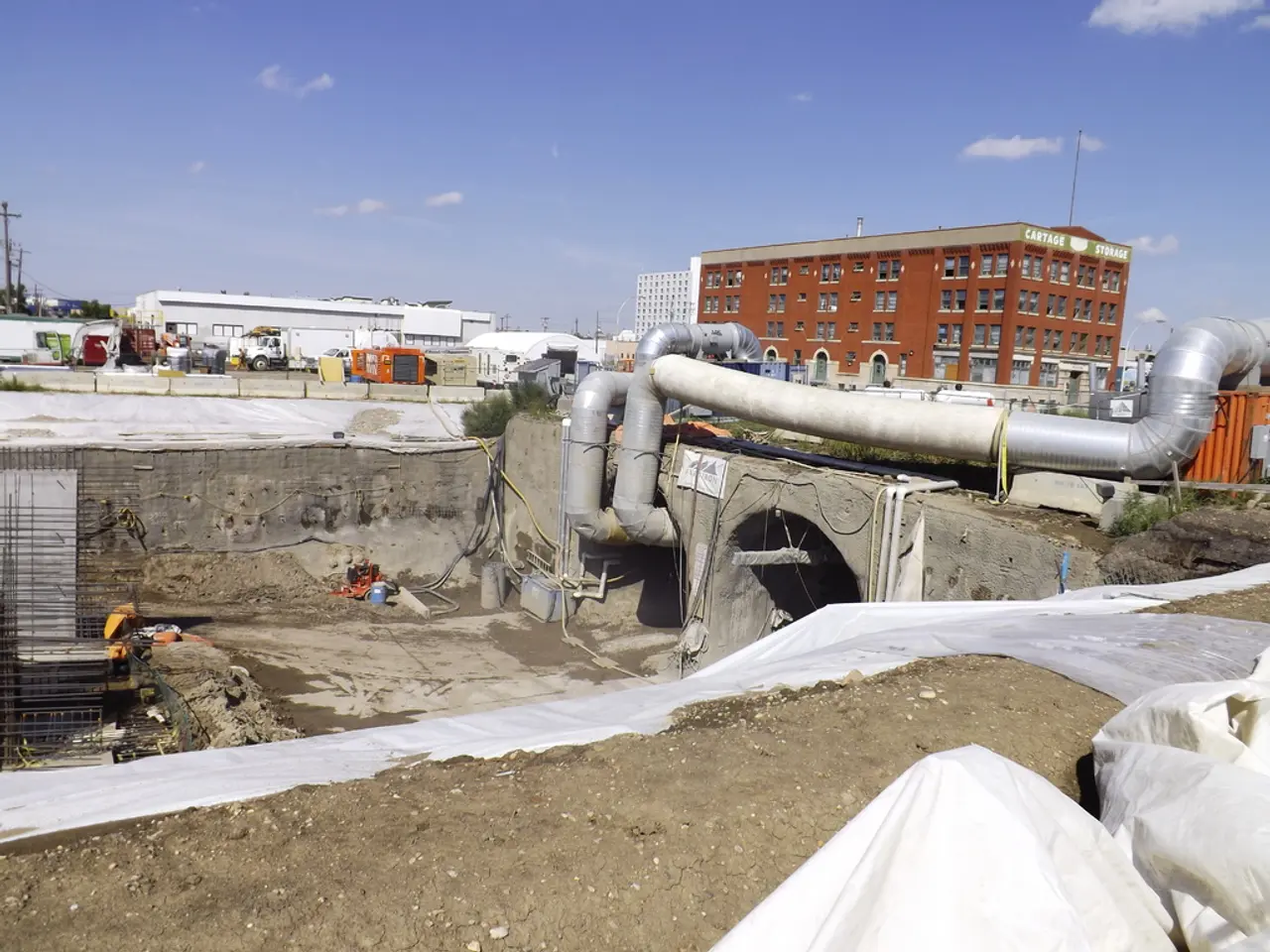Collapse of Gambhira Bridge: Tragedy Added to List of Structural Failures Incidents
In a series of tragic events, several bridges in India have collapsed in recent years, causing numerous fatalities and injuries. The latest incident occurred on March 31, 2016, when the Vivekananda Fly Over in Kolkata collapsed, resulting in 27 deaths and leaving 80 people significantly injured.
Recurrent bridge collapses in India highlight significant human factors contributing to infrastructural mishaps. These factors include maintenance and inspection negligence, overload and overuse, poor design and construction practices, corruption and lack of transparency, climate and environmental factors, regulatory and policy gaps, population growth and infrastructure pressure, and inadequate infrastructure audits.
Maintenance and inspection negligence is a significant concern, with many bridges not receiving the necessary repairs and renovations, leading to structural weaknesses over time. For instance, the Gambhira Bridge collapse in Gujarat had a recent inspection report indicating no major structural damage. However, concerns about its longevity suggest that either inspections were inadequate or maintenance was insufficient.
Overload and overuse of bridges also contribute to their collapse. Bridges are often overloaded with vehicles beyond their designed capacity, which accelerates wear and tear on the structure. This overuse, combined with inadequate maintenance, increases the risk of collapses.
Poor design and construction practices, substandard materials, and a lack of quality control during construction can weaken bridges from the outset. Corruption within the construction and maintenance sectors can lead to shortcuts and inferior materials, compromising structural integrity. A lack of transparency in these processes makes it difficult to hold officials accountable for negligence.
Climate and environmental factors also play a role in bridge collapses. Heavy rainfall and flooding can erode bridge foundations or cause structural damage. Soil erosion and other environmental changes can impact bridge stability if not adequately considered in design and maintenance.
Regulatory and policy gaps allow substandard practices to continue unchecked. Policies may not be robust enough to ensure that all bridges meet safety standards and are properly maintained over their lifespan. Rapid urbanization and population growth increase the demand on aging infrastructure, leading to increased wear and tear without commensurate investment in upgrade and maintenance.
These factors collectively contribute to the recurring issue of bridge collapses in India, highlighting the need for comprehensive reforms in infrastructure management and maintenance practices.
Recent incidents such as the Gambhira Bridge collapse, the Morbi Bridge collapse, and the collapse of the Indrayani River Bridge in Pune underscore the urgency of addressing human factors in bridge safety to prevent future collapses. The Congress Party, for instance, has accused the 'Gujarat Model' of rampant corruption in relation to the Morbi Bridge collapse.
In response to these incidents, the PMO has announced ex gratia payments for the affected families, and the Gujarat High Court has directed the Oreva Group to provide lifetime pensions in wake of the Morbi Bridge tragedy. However, it is clear that more comprehensive measures are needed to ensure the safety of India's bridges and the people who use them.
[1] Source: https://www.thehindu.com/news/national/gambhira-bridge-collapse-in-gujarat-kills-at-least-13-people/article31095388.ece [2] Source: https://www.thehindu.com/news/national/morbi-bridge-collapse-kills-over-130-people-in-gujarat/article66192832.ece
Bridge collapses in India are often due to neglected maintenance and inadequate inspections, as evidenced by the Gambhira Bridge in Gujarat, which had a clean recent inspection report but later collapsed.Politics and general-news outlets commonly cover bridge collapses, underscoring the urgent need for addressing human factors contributing to infrastructural mishaps, including accidents caused by overloading and poor design practices, as well as regulatory and policy gaps.








